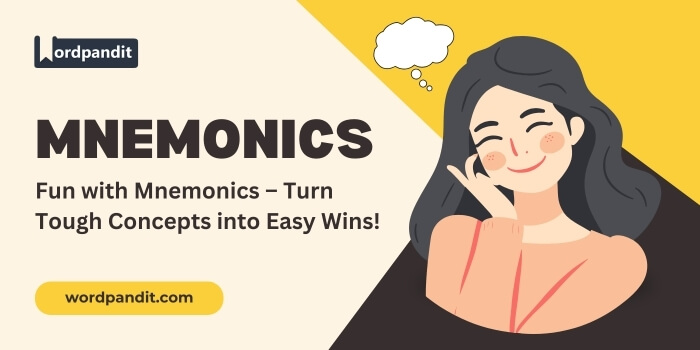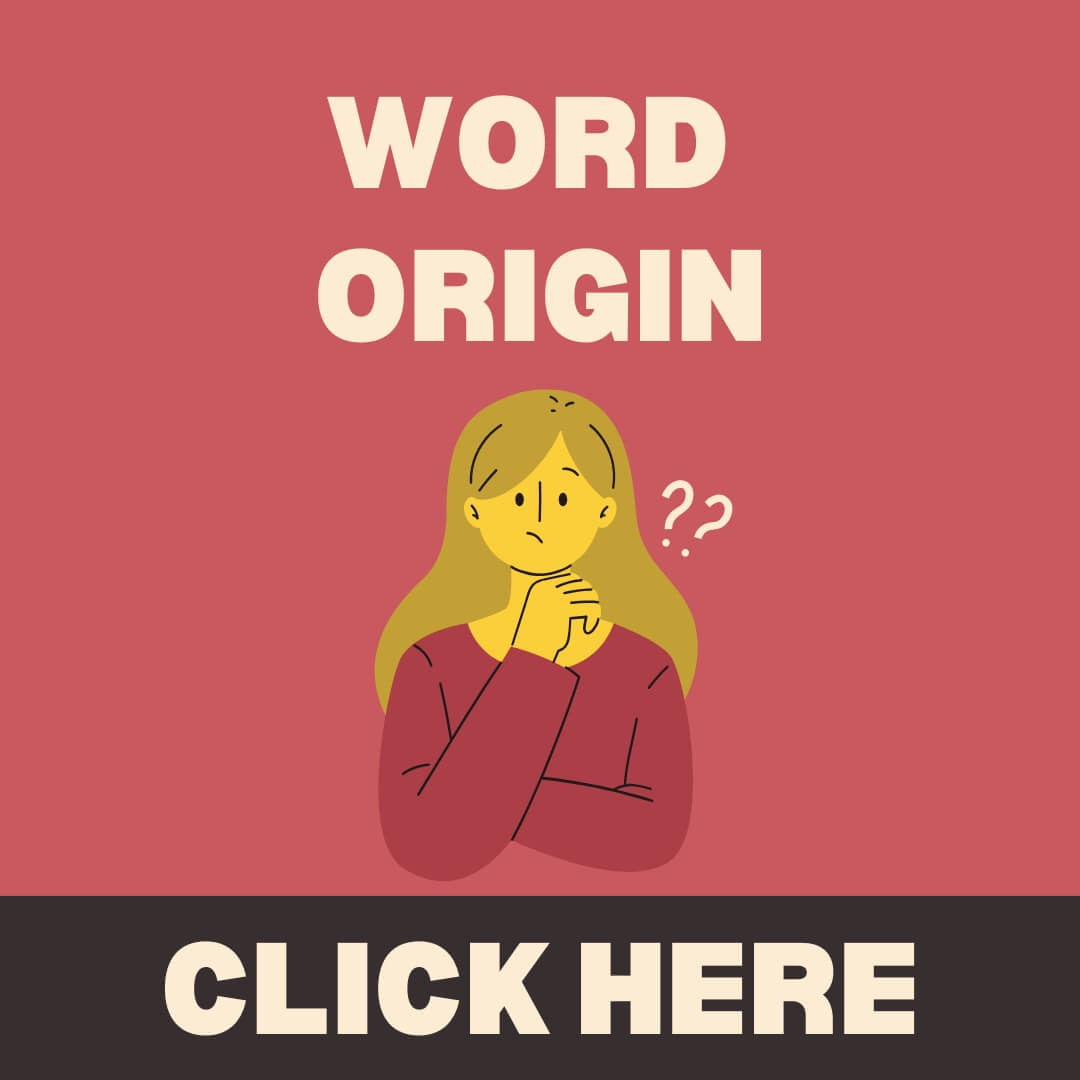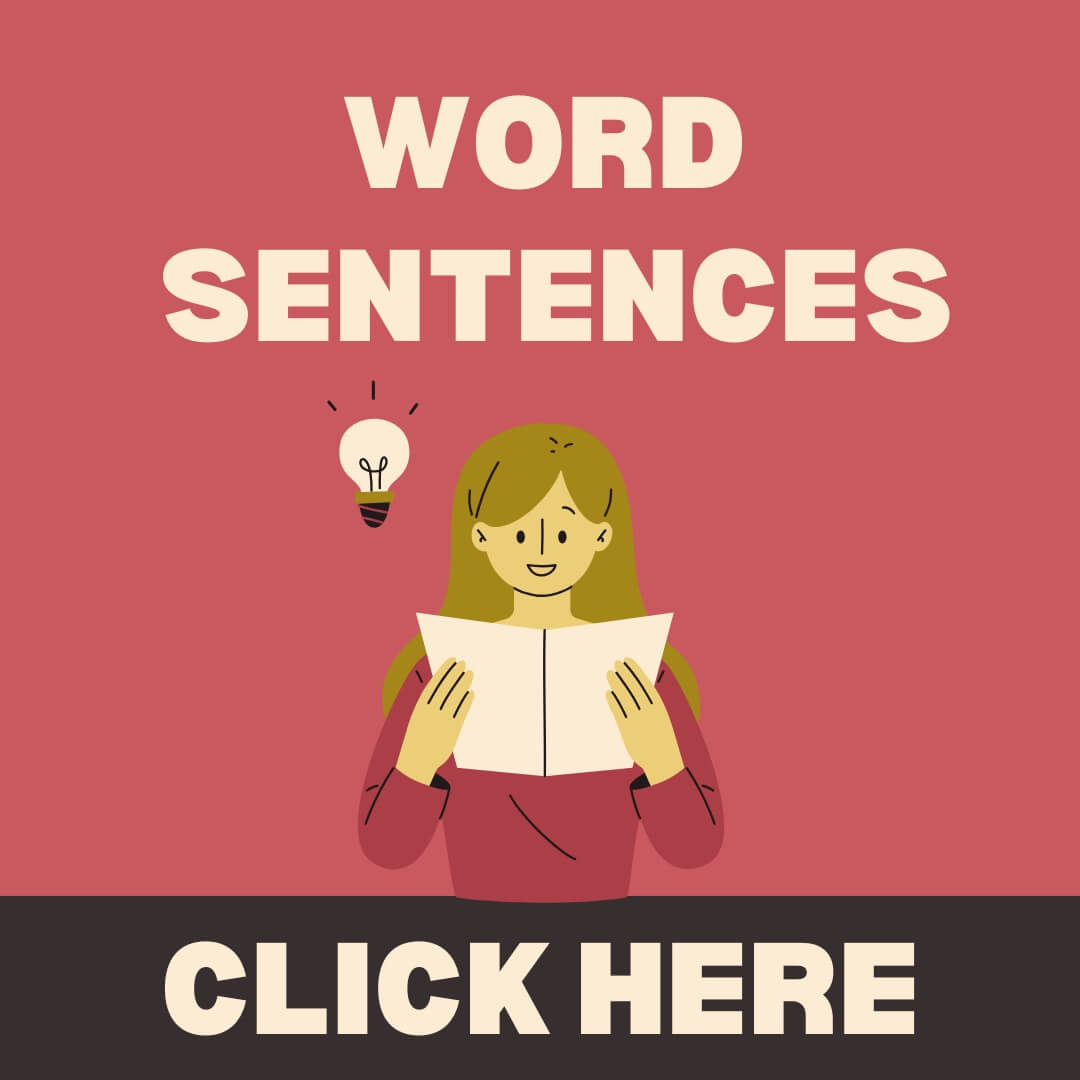Mnemonic Devices for Countenance: Remember Countenance Easily
Introduction to Mnemonics for Countenance
Learning new vocabulary can be fun and effective with mnemonic techniques. Today, we focus on the word Countenance, which means “a person’s facial expression or the act of supporting or approving something.” By associating it with vivid images, sounds, and stories, you can remember it effortlessly. Keywords: Mnemonics for Countenance, How to remember Countenance, Memory techniques for Countenance.
Twelve Mnemonics for Countenance
Here are 12 mnemonic techniques that will help you master the word “Countenance.” These methods include visual, auditory, and narrative associations to make learning engaging.
- Visual Association: Picture a wise old judge with a serious countenance, carefully considering a case.
- Acronym: Think of “COUNTENANCE” as Conveying Outward Understanding Naturally Through Expressions Notably And Nonverbal Communication Evidently.
- Rhyme: “His countenance shows confidence!” The rhyme reinforces the connection to facial expressions.
- Word Breakdown: “Count” relates to observing, and “-enance” resembles “maintenance,” suggesting maintaining an expression.
- Similar Sounding Words: “Countenance” sounds like “count on us,” reminding you of someone’s approving expression.
- Story Method: Imagine a king granting permission with a nod and a regal countenance.
- Physical Action: Change your facial expression while saying “countenance” to reinforce its meaning.
- Exaggeration: Picture a cartoon character whose countenance changes wildly to reflect their every thought.
- Personal Connection: Think of a time when someone’s countenance showed their true feelings before they spoke.
- Etymology Exploration: “Countenance” comes from Old French “contenance,” meaning “bearing or demeanor.” Understanding its root helps solidify the meaning.
- Sensory Association: Imagine seeing a friend’s reassuring countenance when you need support.
- Opposites: Think of “countenance” as the opposite of “disapprove” or “hide emotions”—if someone countenances something, they show support.
Customize Your Mnemonics for Countenance
While these mnemonics are helpful, personalizing them to fit your experiences will make them even more effective. Add unique imagery or wordplay that resonates with you.
Bonus Tip: Use “countenance” in a sentence, e.g., “Her countenance revealed her disappointment despite her silence.”
Master Countenance with Mnemonics
Mnemonic techniques make vocabulary learning simple and enjoyable. By using these methods for “countenance,” you can quickly remember its meaning and apply it confidently. Keep practicing with mnemonics, and watch your vocabulary skills improve dramatically!



















